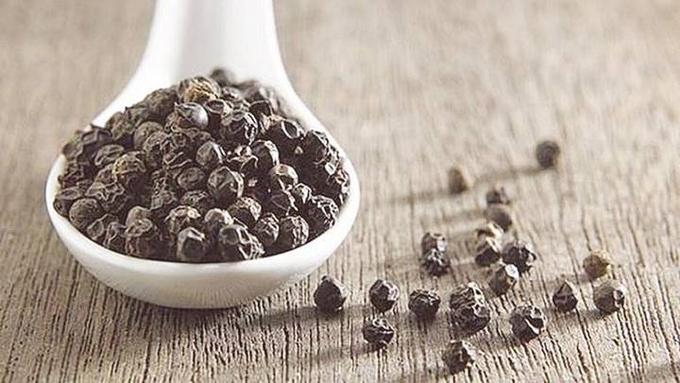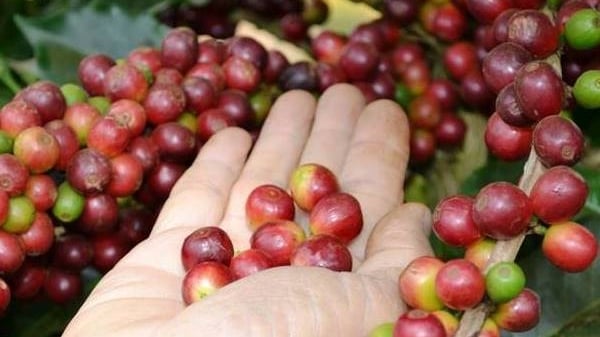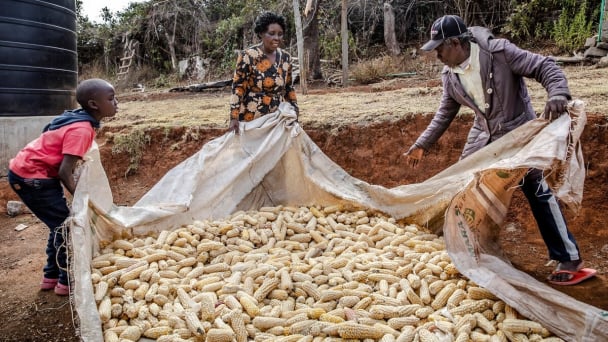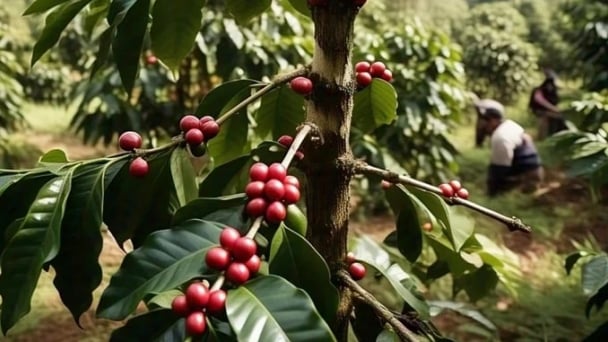June 19, 2025 | 06:31 GMT +7
June 19, 2025 | 06:31 GMT +7
Hotline: 0913.378.918
June 19, 2025 | 06:31 GMT +7
Hotline: 0913.378.918

Latest domestic and global pepper price update on 10/07/2024
Globally, pepper prices showed no new changes on October 7.
In Indonesia, Lampung black pepper prices remained at $ 6,782/ton, while Muntok white pepper held steady at $ 9,068/ton.
Malaysia's Kuching ASTA black pepper was priced at $ 8,900/ton, and ASTA white pepper stood at $ 11,200/ton.
In Brazil, ASTA 570 black pepper was trading at $ 6,850/ton.
For Vietnam, the export price of black pepper 500 g/l was $ 6,800/ton, and the 550 g/l type traded at $ 7,100/ton. Export white pepper was priced at $ 10,150/ton.
Global pepper prices today remain stable. Summing up last week, the global pepper market continued to experience mixed fluctuations.
In particular, Indonesia's pepper prices saw a sharp decline, while Brazil's black pepper increased by 1.5%. In Malaysia, black pepper prices rose by 1.1%, while white pepper remained unchanged. In Vietnam, export pepper prices held steady, but domestic prices dropped significantly.
Thus, global pepper prices on 10/07/2024, continue to remain steady compared to yesterday.
Domestically, pepper prices today, October 7, remain stable compared to yesterday.
Specifically, Dak Lak is buying pepper at VND 147,500/kg;
Dak Nong's pepper price today stands at VND 147,500/kg;
Similarly, Gia Lai's pepper is trading at VND 146,500/kg;
Traders in Dong Nai are purchasing pepper at VND 146,000/kg;
Ba Ria - Vung Tau’s pepper price remains at VND 147,000/kg;
Meanwhile, traders in Binh Phuoc are trading pepper at VND 147,000/kg.
Domestic pepper prices today have no new fluctuations, with the highest level currently at VND 147,500/kg. Summarizing last week, the domestic pepper market experienced a significant decline of VND 1,000 to 2,000.
According to data from the General Department of Customs, Vietnam sold over 200,000 tons of pepper in the last nine months, generating more than $ 1 billion; this represents an increase of nearly 47% in value compared to the same period in 2023, driven by a high average selling price of nearly $ 4,950/ton.
In September alone, the export price of pepper reached $ 6,239/ton. Meanwhile, the pepper exports in 2023 brought in only $ 912 million, with an average price of $ 3,420/ton.
The Vietnamese pepper industry is benefiting from high export prices due to limited supply. This year is also a happy year for pepper farmers, as prices have risen dramatically (from VND 87,000/kg at the beginning of the year to VND 147,000/kg currently).
However, exporters are unable to purchase much domestic pepper and have to increase imports from Brazil and Indonesia.
Additionally, experts predict that domestic pepper prices will only fluctuate below the VND 150,000/kg mark. The reason is that the market is under pressure from rising gold prices, high USD rates, and the upcoming coffee harvest season.
Thus, on 10/07/2024, domestic pepper prices are trading around VND 146,000 - 147,500/kg.
$ 1 = VND 24.640 - Source: Vietcombank.
Translated by Hoang Duy

(VAN) Japan will release another 200,000 metric tons of rice from its emergency stockpile to tackle a doubling of prices since last year, Agriculture Minister Shinjiro Koizumi said on Tuesday.

(VAN) Coffee prices on June 13 declined sharply for Arabica. Domestic coffee market in Vietnam dropped by VND 2,000, trading at VND 111,500 – 112,300/kg.

(VAN) Coffee prices on June 12, 2025, continued to fall. Domestically, coffee prices decreased by another VND 2,000, trading at VND 111,500 – 112,300/kg.

(VAN) Coffee prices on June 11, 2025, fell sharply across global markets. Domestic coffee market dropped by VND 700, to the range of VND 113,500 – 114,300/kg.

(VAN) Coffee prices on June 10 2025, rose sharply worldwide for Robusta. Domestic coffee market increased by VND 800, reaching VND 114,200 – 114,800/kg.

(VAN) New FAO forecasts point to record global cereal output with a partial rebound in stocks and trade.

(VAN) Coffee prices on June 9, 2025, in domestic and global markets remain unchanged. Domestic coffee market is currently trading at VND 113,500 – 114,000/kg.